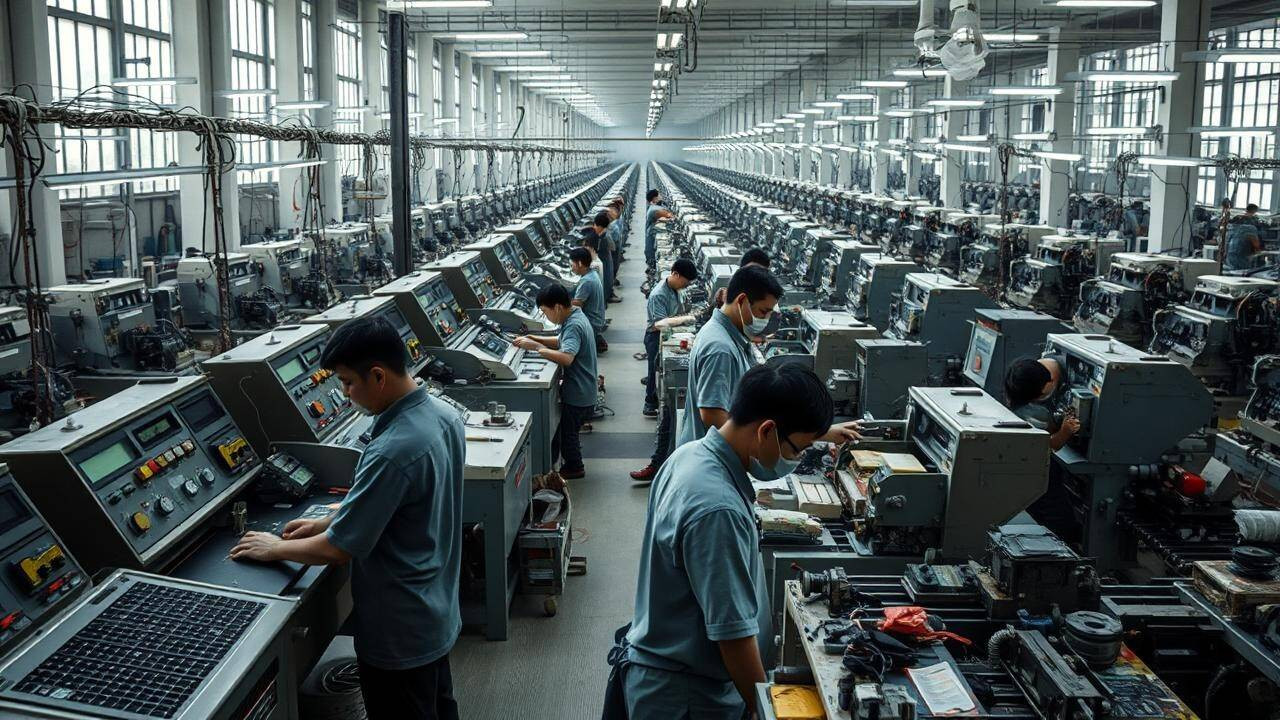The Mumbai-Ahmedabad bullet train project achieved a significant milestone with the completion of the Daman Ganga River bridge in Gujarat’s Valsad district, announced NHSRCL. This 360-meter bridge is the 16th of 21 planned river bridges in Gujarat and the fifth in Valsad. The bridge lies between the Boisar and Vapi stations.
Zooming Ahead: The Mumbai-Ahmedabad Bullet Train Takes Shape
Imagine gliding across the landscape at speeds exceeding 300 km/h, connecting two of India’s most vibrant economic hubs in mere hours. That vision of the Mumbai-Ahmedabad High-Speed Rail project, often called the bullet train, is rapidly transforming from dream to reality. Recent milestones suggest this ambitious infrastructure endeavor is picking up significant momentum.
One particularly impressive feat is the completion of the Daman Ganga River bridge in Valsad, Gujarat. This structure is a crucial component of the bullet train’s corridor, ensuring a smooth and safe passage across the river. The National High-Speed Rail Corporation Limited (NHSRCL) has confirmed that this bridge is now fully operational, a testament to the dedication and engineering prowess involved in the project.
A Network of Steel: Bridge Construction Powers Forward
But the Daman Ganga River bridge isn’t an isolated victory. It’s part of a much larger network of bridges meticulously being constructed along the entire route. Out of the 21 bridges planned for the project, an impressive 16 are already complete. This speaks volumes about the progress being made and highlights the commitment of the NHSRCL and its partners. Each bridge represents not just a physical structure, but a step closer to realizing the high-speed rail network.

The construction of these bridges is a complex undertaking, involving intricate designs, advanced construction techniques, and stringent safety protocols. Each bridge is specifically engineered to withstand the immense forces generated by high-speed trains, ensuring the safety and comfort of passengers. The completion of such a significant portion of these critical structures is a huge win for the project.
Land Acquisition: Paving the Way for Progress
While bridge construction is visually impressive, another critical element is land acquisition. Securing the necessary land for the corridor is a logistical challenge of immense proportions, involving negotiations, legal processes, and considerations for local communities. While challenges certainly exist, progress has been steady, allowing construction to proceed along different sections of the route. This process, though often unseen, is fundamental to the overall success of the Mumbai-Ahmedabad Bullet Train project.
More Than Just a Train: Catalyzing Economic Growth
The Mumbai-Ahmedabad High-Speed Rail project is more than just a transportation upgrade; it’s a potential catalyst for economic growth and regional development. By drastically reducing travel time between these two major cities, the project aims to boost business, tourism, and employment opportunities. It is expected to stimulate economic activity along the entire corridor, creating new hubs of development and connecting previously disparate regions. Think of the increased possibilities for professionals who can now attend meetings in either city and return home the same day, or the surge in tourism as access to previously difficult-to-reach locations becomes easier.
Moreover, the project is fostering technological advancements in the Indian railway sector. The introduction of high-speed rail technology necessitates the adoption of new engineering techniques, signaling systems, and safety protocols, ultimately raising the bar for railway infrastructure across the country. To learn more about advancements in railway infrastructure, check out our article on the future of rail transport.
Challenges Remain, But Momentum Builds
Of course, a project of this scale doesn’t come without its hurdles. Land acquisition issues, environmental concerns, and logistical complexities continue to present challenges. However, the recent milestones, particularly the completion of the Daman Ganga River bridge and the progress on other bridges, demonstrate the project’s resilience and the unwavering commitment of the teams involved. The momentum is palpable, and the vision of a high-speed rail network connecting Mumbai and Ahmedabad is edging closer to becoming a reality.
The Mumbai-Ahmedabad Bullet Train project continues to break barriers and shows just what’s possible with the right vision and commitment. As construction progresses and more milestones are achieved, the prospect of a faster, more connected India becomes increasingly tangible. This high-speed rail line represents more than just a transportation upgrade – it’s a symbol of India’s ambition and its drive to embrace innovation and progress.






